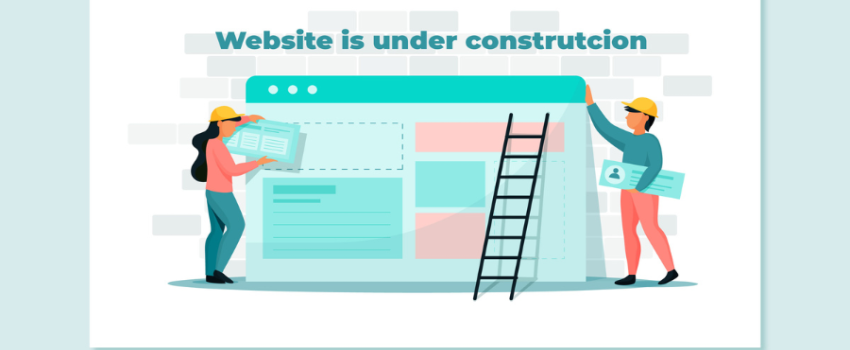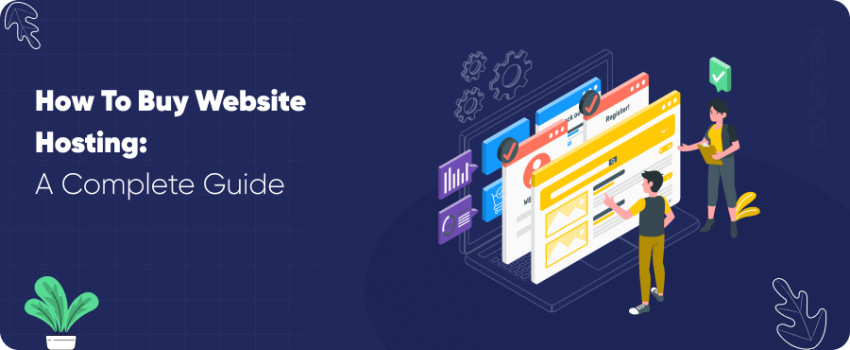How to Build a Website

In today's digital age, having an online presence is essential for individuals and businesses alike. A well-designed website can serve as a virtual storefront, portfolio, or communication platform. Whether you're an entrepreneur looking to establish an online business or an individual wanting to showcase your talents, knowing how to build a website is a valuable skill. This step-by-step guide will walk you through the process, from choosing a website maker to hosting your site.
1. Understanding the Basics of Website Building:
Before delving into the specifics, it's important to understand the basics of website building. A website consists of various elements, including:
Domain Name: This is the web address that users will type into their browsers to access your site, such as www.yourwebsite.com.
Web Hosting: Web hosting is like renting space on the internet where your website's files and data are stored.
Content: This includes text, images, videos, and other media that you want to showcase on your site.
Design and Layout: The visual appearance of your website, including colors, fonts, and the arrangement of content.
Coding and Programming: While not always necessary, some websites may require coding to achieve specific functionalities.
2. Choosing a Website Maker or Website Creator:
One of the most accessible ways to build a website, especially if you don't have coding experience, is to use a website maker or website creator. These platforms offer user-friendly interfaces that allow you to create a website without writing code. Some popular options include WordPress, Wix, Squarespace, and Weebly.
When selecting a website maker, consider factors such as ease of use, available templates, customization options, and pricing. Look for a platform that aligns with your needs and technical proficiency.
3. Planning Your Website:
Before you start building, it's crucial to plan your website's structure and content. Determine the purpose of your website—are you creating a blog, an e-commerce site, a portfolio, or something else? Sketch out the main pages you'll need, such as the homepage, about page, contact page, and any other relevant sections.
4. Registering a Domain Name:
Choose a domain name that reflects your brand or website's purpose. Keep it simple, memorable, and relevant. Many website maker platforms offer domain registration services, making it convenient to secure your chosen domain name.
5. Designing Your Website:
Website templates serve as a foundation for your site's design. Choose a template that suits your style and purpose. Customize the template by adding your own images, branding elements, and text. Most website makers offer drag-and-drop editors, allowing you to easily rearrange elements and see real-time changes.
Ensure that your website's design is visually appealing, consistent, and user-friendly. Consider factors like color scheme, typography, and navigation. A well-designed website enhances user experience and encourages visitors to explore further.
6. Adding Content:
Compelling content is at the heart of any successful website. Write clear and engaging copy for each page. Incorporate high-quality images and videos to make your content visually appealing. Remember to optimize media files for faster loading times.
7. Enhancing Functionality:
Depending on your website's purpose, you might want to add additional functionalities. Most website makers offer plugins, apps, or widgets that can enhance your site's capabilities. For example, you could integrate social media feeds, contact forms, e-commerce features, and more.
8. Making Your Website Mobile-Friendly:
With a significant portion of internet traffic coming from mobile devices, it's essential to ensure that your website is responsive. This means that your site will adapt and display properly on various screen sizes. Most modern website templates are designed to be mobile-friendly, but it's still a good practice to test your site on different devices.
9. Testing and Optimization:
Before launching your website, thoroughly test it to identify any issues. Check for broken links, typos, and formatting problems. Test different browsers to ensure compatibility. Additionally, assess your site's loading speed, as slow-loading pages can deter visitors.
10. Choosing a Web Hosting Service:
Once your website is ready to go live, you'll need a web hosting service to make it accessible on the internet. Many website maker platforms offer integrated hosting services. Alternatively, you can choose a separate hosting provider based on your needs and budget.
11. Launching Your Website:
With thorough testing and optimization complete, it's time to launch your website. Make a final review of all elements to ensure everything is in order. Double-check that your domain name is properly connected to your website and that all content and functionality are working as intended.
12. Promoting Your Website:
Building a website is just the first step; promoting it is equally important. Utilize social media, content marketing, and search engine optimization (SEO) techniques to drive traffic to your site. Regularly update your content to keep visitors engaged and informed.
Conclusion: Building a website has become more accessible than ever, thanks to the availability of user-friendly website makers and creators. With careful planning, a well-designed template, compelling content, and the right functionalities, you can create an impactful online presence. Remember to choose a suitable website maker, plan your website's structure, design thoughtfully, and optimize for mobile devices. Test rigorously, select the right web hosting service, and once everything is in place, launch your website confidently. With dedication and creativity, your website can become a powerful tool for personal expression or business growth.
Related to this
Let's Discuss Your Project











